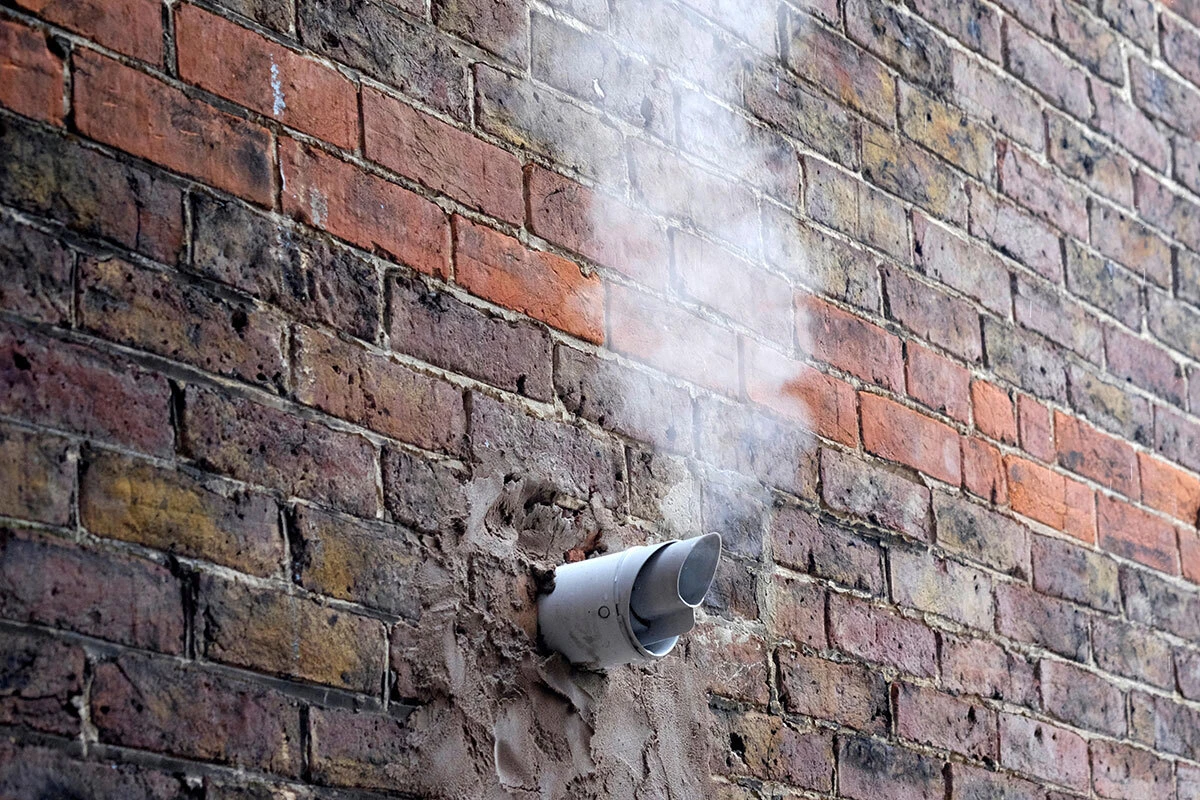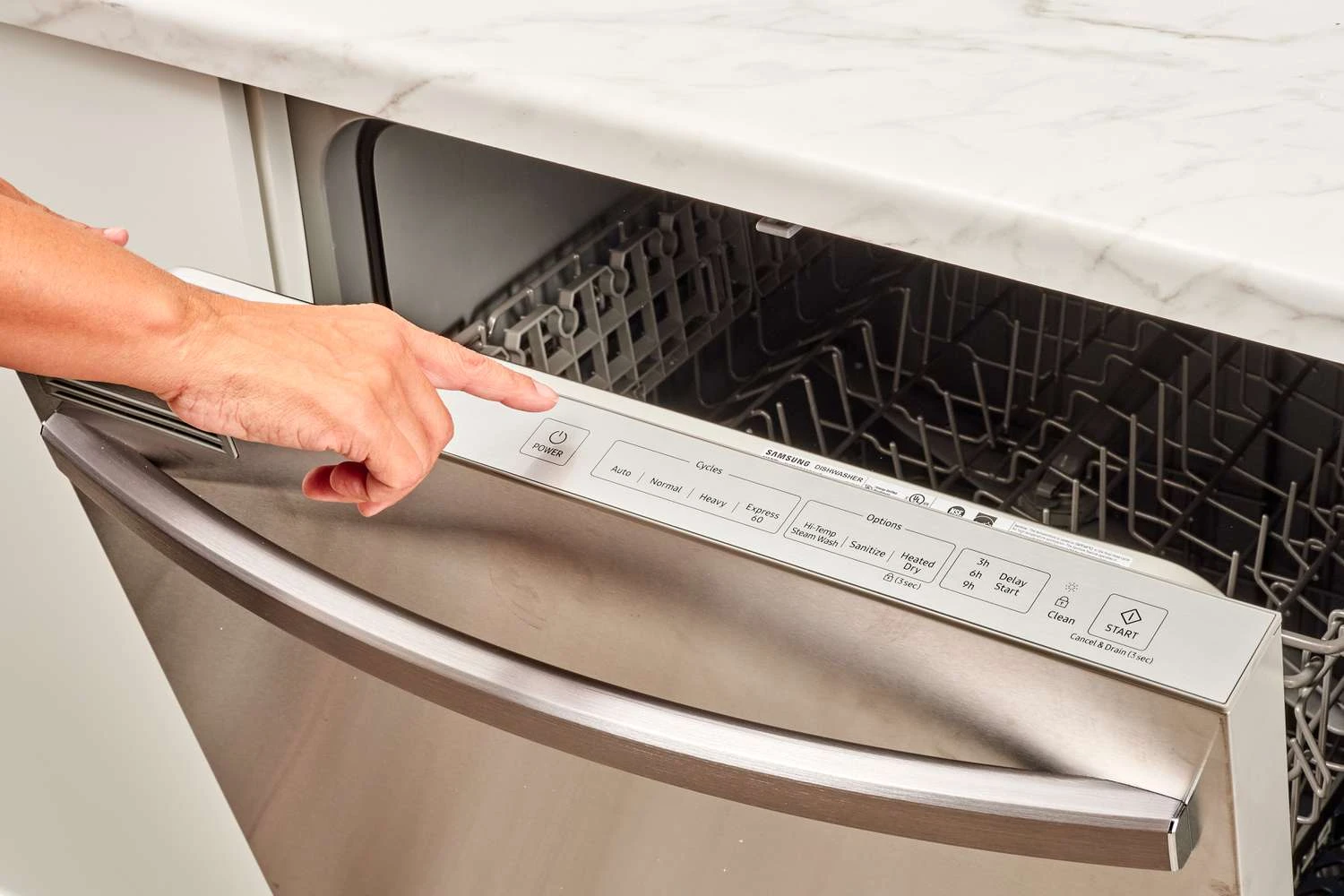27/01/2025
Introduction:
As the winter chill sets in, getting the most out of our central heating systems becomes a top priority. When it comes to efficiency, one crucial factor often overlooked is the setting of your boilers target flow temperature. In this blog post, we'll dive into the science behind central heating efficiency and focus on the ideal temperature: 55℃
Understanding Condensing Boilers:
Condensing boilers have transformed the heating industry by making the most of energy use. Unlike old traditional boilers, new condensing boilers make the most of the latent heat within the flue gases, achieving efficiency levels of over 90%.
The Magic of 55 degree Flow Temperature
Setting the target flow temperature on your central heating to 55℃ isn't just a random choice—it's the perfect setting for condensing boilers.
For a condensing boiler to work at its most efficient, the heat exchanger needs to be equal to or below the dew point temperature. For gas boilers, the dew point is around 55°C.
At this temperature, these boilers reach 100% condensation efficiency, extracting every bit of available heat from the flue gases. This process not only maximises energy use but also contributes to environmental sustainability by reducing fuel consumption.
Efficiency Explained:
Condensation happens when water vapour in the flue gases turns into liquid, releasing latent heat. Traditional boilers operate at higher temperatures, causing these gases to escape as vapour, wasting precious energy. In contrast, a condensing boiler lowers the temperature to 55℃ or below, promoting condensation and using the released heat. This not only saves energy but also significantly cuts down on greenhouse gas emissions.
Benefits of a 55 Degree Flow Temperature Setting:
Increased Efficiency: Operating your condensing boiler at 55℃ ensures optimal heat recovery, leading to increased energy efficiency and lower utility bills.
Extended Lifespan: Lower operating temperatures reduce stress on boiler components, potentially extending the lifespan of your heating system.
Environmental Impact: By maximizing condensation efficiency, you contribute to a reduction in your carbon footprint, making your home more environmentally friendly.
Practical Tips for Implementation:
Consult with a Gas Engineer or Heating Engineer: Before adjusting your central heating settings, consult with a qualified gas engineer or heating engineer to ensure compatibility with your specific heating system.
Regular Maintenance: Schedule regular boiler maintenance checks with a gas engineer or heating engineer to keep your condensing boiler operating at its peak efficiency.
Invest in Smart Controls: Smart thermostats and controls, recommended by your gas engineer or heating engineer, allow for precise temperature management, ensuring your home stays warm while optimising energy usage.
Consideration:
A central heating target flow temperature of 55℃ may not effectively warm certain homes. Several factors will influence whether this temperature is adequate for heating the property, including the size of the radiators and the overall insulation of the home. While 55℃ is generally suitable for efficiently heating a newly constructed and well-insulated property, it may not be sufficient for an older and poorly insulated dwelling.
If 55 ℃ proves insufficient to adequately warm the property, we recommend adjusting the temperature to as close to 55 ℃ as feasible. This adjustment aims to strike a balance between energy efficiency and effective heating.
Conclusion:
In the pursuit of energy efficiency, setting the target flow temperature to 55℃ stands out as a guide to sustainable heating practices. By understanding the science behind condensing boilers and embracing this optimal setting, homeowners can enjoy a comfortable living space while contributing to a greener future. Embrace the magic of 55℃ and witness first-hand the efficiency gains and environmental benefits it brings to your home.













